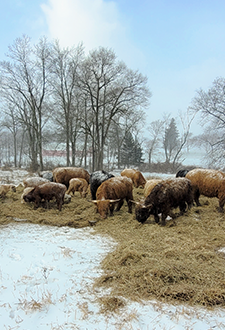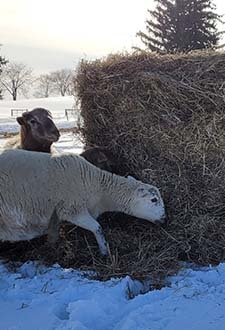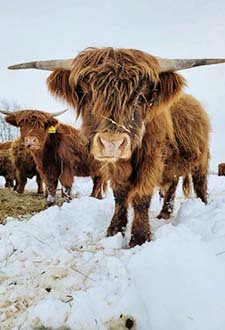BLOG
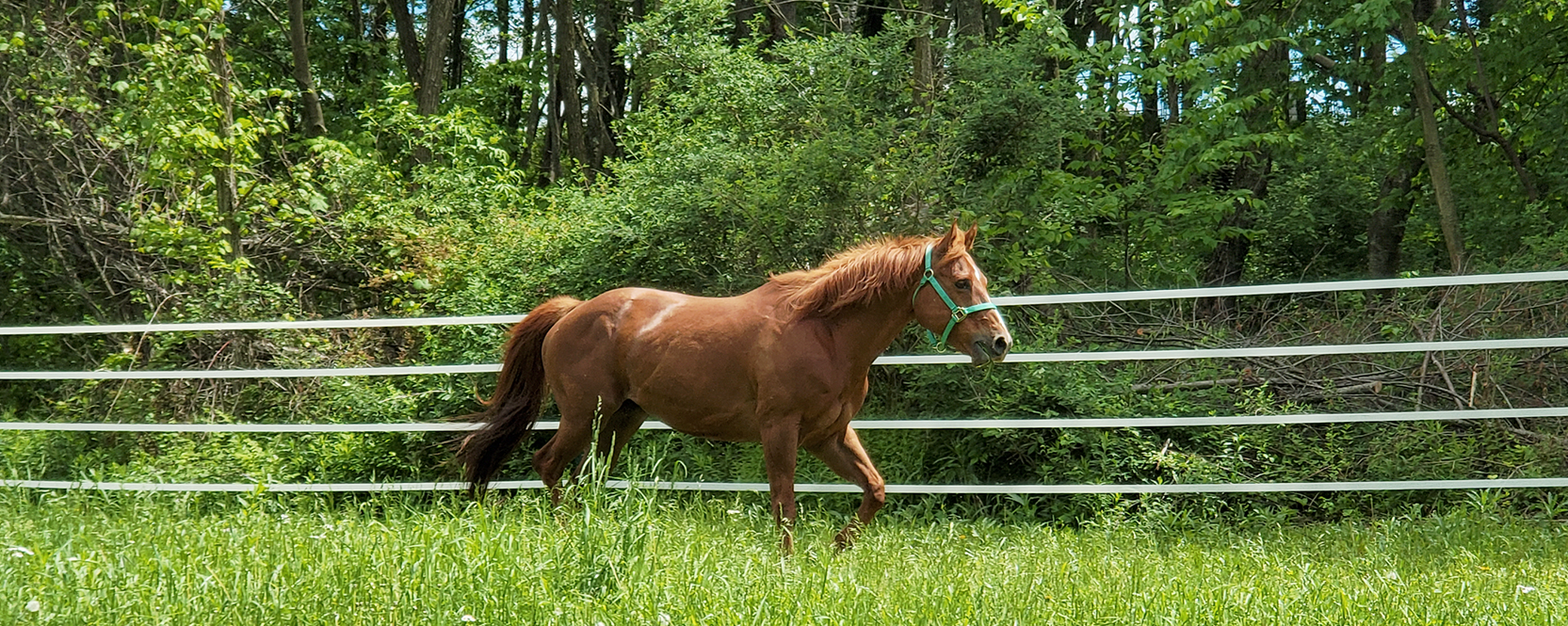
Healthy Pasture, Happy Horses
There are 7.25 million horses in the United States owned by 1.6 million households, but how many of them are properly managing their pastures? Pasture management should always be in the back of an equine owners mind, but there is not much information on how to actually manage pasture for these heavy grazers. As a horse owner, I encourage you to spend some time around a grazier. You will be seeing greener pastures in no time!
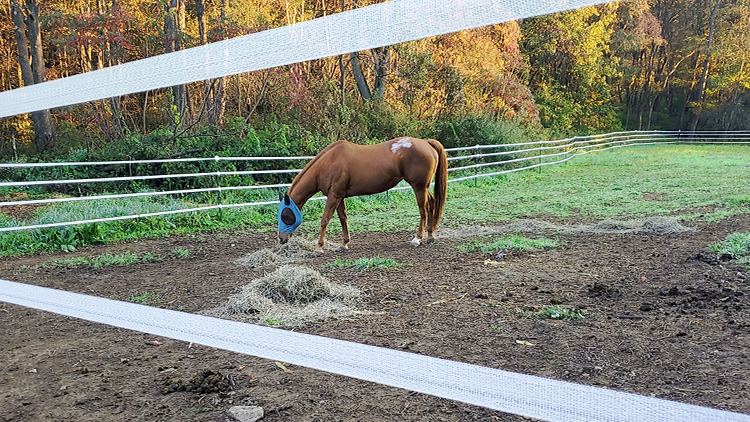
Before we dig into managing our pastures, we have to understand the animal we are discussing and how they graze. Did you ever notice how your horse can leave that tiny pill in their food bowl but lick the rest clean? They do the same thing with the plants in their pasture. They are able to do this because of their prehensile upper lip. The horses upper lip has adapted to be able to distinguish between the smallest changes in objects. Whether this be in their food bucket or grazing in the pasture.
Prehensile (a): Adapted to the ability of grasping, seizing, or taking hold
Being a picky eater, combined with their unique digestive system that is designed to utilize a large amount of forage, make them uncooperative grazers! Horses graze 13-18 hours a day, compared to cows that must spend about one-third of their day ruminating. As top-grazers, horses will eat their favorite plants as low as they can bite them, until there is a bare spot in the pasture, leaving behind the undesirable plants. This is where the importance of rotational grazing comes into play, to prevent over grazing and allow plants to recover. When plants are not allowed to photosynthesize and make their own food from the sun, they draw energy from the root. This leads to bare spots, undesired plant (weed) growth, and soil erosion that can wreak havoc on pastures for seasons to come.

So how do you properly manage pasture to avoid the above issues from happening? Rotational Grazing – it is not just for cattle! Rotational grazing is accomplished by creating smaller paddocks inside the pasture and rotating the horses among the pastures on a regular basis. At minimum, you should have 4 paddocks in a rotational grazing system, but the more is definitely better! These divisions do not need to be complicated or expensive to build, they can be done with temporary fencing materials.
How does it create healthier pastures?
By having several, smaller paddocks available, horses are forced to graze more uniformly instead of only choosing their favorite plants. When horses have grazed a paddock, they can be moved to the next allowing the previous to have rest and regrow.
How to create a healthy equine rotational grazing system:
A general rule of thumb is not to move horses onto a pasture until the forages are 6-10 inches tall. Once the horses have grazed the forages to 3 to 4 inches, it is time to move them to the next pasture. You will notice the horses have not grazed all plants to 4 inches, so it is important to achieve that uniformity. This can be achieved by moving other species onto that pasture (cattle, goats, sheep, etc) or by mowing the pasture to a 4 inch height. You do not want to mow on a low setting like you would your lawn. If the ungrazed plants are not grazed or clipped, they can prevent or stunt the regrowth of the desirable, grazed forages. Finally, be sure to drag the pastures to scatter manure.

How long should horses be kept in one paddock before moving to the next?
The length of time horses should be allowed to graze each paddock division will be dependent on the size and stocking density of each paddock. Similarly, the recovery period (the time between grazing each paddock) will vary on the seasonal growth rate of the forages. Continual monitoring of pastures is required to get a good grasp on how fast your horses graze, what your regrowth rate is, and how often you should move paddocks. A general rule of thumb in the Eastern US region is to allow 21 days between grazing in the spring when grasses are plentiful and quick growing. However, during slow growing seasons, the same paddock will require 45-60 days to recover.
It is important to not overstock your pasture. A mature, full-size horse requires 1.5 to 2 percent of its body weight in forage each day. For a 1,000-lb horse, that would equate to 2,700lbs of forage during the average 6-month grazing season. However, most horses will not stop eating once they have reached that 2% each day, so there must be extra forage available. With poorly managed pasture in average production, it would take 3 to 5 acres of pasture to properly graze one horse in the Eastern United States. However, by shifting to a rotational grazing system a horse could be properly managed on as little as 2 acres of pasture.
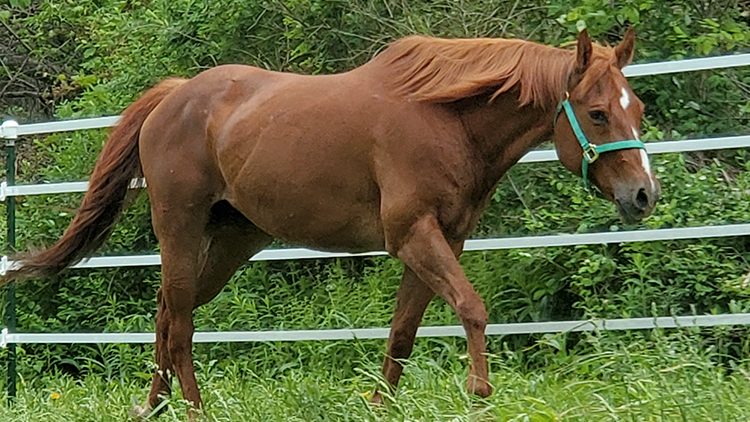
The results can be clear, your hay bill can be reduced, and you will have happier, healthier horses by investing in your pastures.




